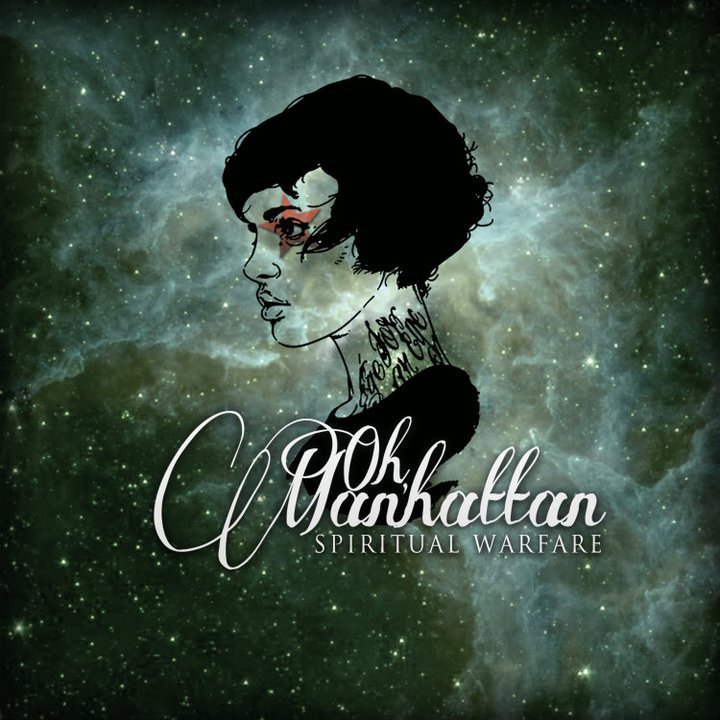In an increasingly materialistic world, the teachings of the Bahá’í Faith present a profound antidote, especially when examined through the prism of bustling urban centers like Manhattan. This exploration serves as a deep dive into the essence of Bahá’í teachings, shedding light on how they can transform this concrete jungle into a spiritual haven. Readers can anticipate a thorough examination of key themes, historical context, and practical applications that link Bahá’í principles to the unique environment of Manhattan.
The Bahá’í Faith, emerging in the mid-19th century, postulates the unification of humanity and the acceleration of spiritual and material progress through a collective consciousness. Central to these teachings is the idea of the oneness of humanity, which resonates powerfully in a city characterized by its diverse population and frenetic pace. Manhattan, often perceived as a global epicenter of commerce and culture, reveals both the aspirations and challenges of modern urban life.
One of the principal tenets of the Bahá’í Faith is the necessity for a spiritual foundation in both individual lives and societal structures. The urban experience can lead to a superficial existence, where material pursuits often eclipse spiritual growth. Thus, the Bahá’í methodology advocates for the integration of spiritual activities into daily routines, urging individuals to seek a balance between material success and spiritual fulfillment. Readers should consider how this philosophy can translate into practical actions such as community service, interfaith dialogue, and the cultivation of moral virtues, all of which are essential for fostering a cohesive environment amidst Manhattan’s diversity.
Historically, the Bahá’í Faith has taken root across various world cultures, promoting principles that resonate universally. The story of its founder, Bahá’u’lláh, encapsulates the spiritual journey of individuals who sought refuge from oppression. In the context of Manhattan, the city’s multifaceted identity can be perceived as a tapestry of diverse narratives, with each strand representing the myriad ways people seek belonging and purpose. This metaphor invites readers to reflect on their roles within their communities, emphasizing the significance of mutual support and understanding.
To further elucidate the Bahá’í perspective, one can examine the concept of “spiritual empowerment.” In a landscape often dominated by competition and individualism, the Bahá’í teachings encourage collaboration and collective progress. Initiating grassroots movements within local neighborhoods can encourage residents to join together in service-oriented projects, aimed at uplifting marginalized groups. Such endeavors not only change the fabric of communities but also align with the Bahá’í principle of service to humanity, cultivating a spirit of unity even in a bustling city.
Moreover, the Bahá’í teachings embrace the idea of education as a powerful catalyst for transformation. In Manhattan, educational initiatives rooted in Bahá’í values can play a pivotal role in enlightening youth about the importance of ethical decision-making, social responsibility, and global citizenship. By fostering a holistic educational approach that nurtures both intellectual and ethical development, communities can empower the next generation to navigate the complexities of modern life while remaining anchored in spiritual ideals.
Adapting Bahá’í teachings to the challenges of urban life also entails recognizing the importance of arts and culture as vehicles for spiritual expression. Manhattan, renowned for its artistic vibrancy, serves as an ideal backdrop for expressing the beauty of the human spirit. Initiatives that encourage collaborations between Bahá’í artists and local creatives can cultivate environments where artistic endeavors blossom. Engaging in artistic expression can be a means to address societal issues, promote dialogue, and enhance appreciation for diverse cultures. Thus, alcohol for the creative community can become not just a form of personal reflection but a platform for communal cohesion.
Social innovation represents another crucial element when considering Bahá’í applications in Manhattan. The principles of equity and justice are threads woven throughout Bahá’í discourse, highlighting the importance of promoting inclusivity in all areas of society. By leveraging the innovative spirit of Manhattan, Bahá’í communities can explore initiatives that address pressing social issues such as poverty, inequality, and environmental sustainability. This exploration can extend toward partnerships with local organizations, fostering a landscape of hope where innovative solutions emerge in response to complex challenges.
The notion of “A Spiritual Island in a Material World” invites individuals to engage in a conscious re-evaluation of their values amidst the distractions of urban living. The Bahá’í teachings offer a blueprint for navigating these complexities, suggesting that true fulfillment stems from fostering human connections and cultivating a deep sense of purpose. Incorporating spiritual practices such as reflection, prayer, and meditation can nurture resilience, which is crucial for thriving in a place as demanding as Manhattan.
In conclusion, the teachings of the Bahá’í Faith resonate profoundly within the context of Manhattan, encouraging individuals to seek spiritual depth amidst material abundance. By embracing unity, education, artistic expression, and social innovation, practitioners can create a paradigm shift that transforms the urban landscape into a realm of spiritual enlightenment. As Manhattan continues to evolve, so too does the opportunity for its inhabitants to embody the principles of the Bahá’í Faith, crafting a community that harmonizes spirit and matter, ultimately paving the way for a more unified and compassionate existence.
